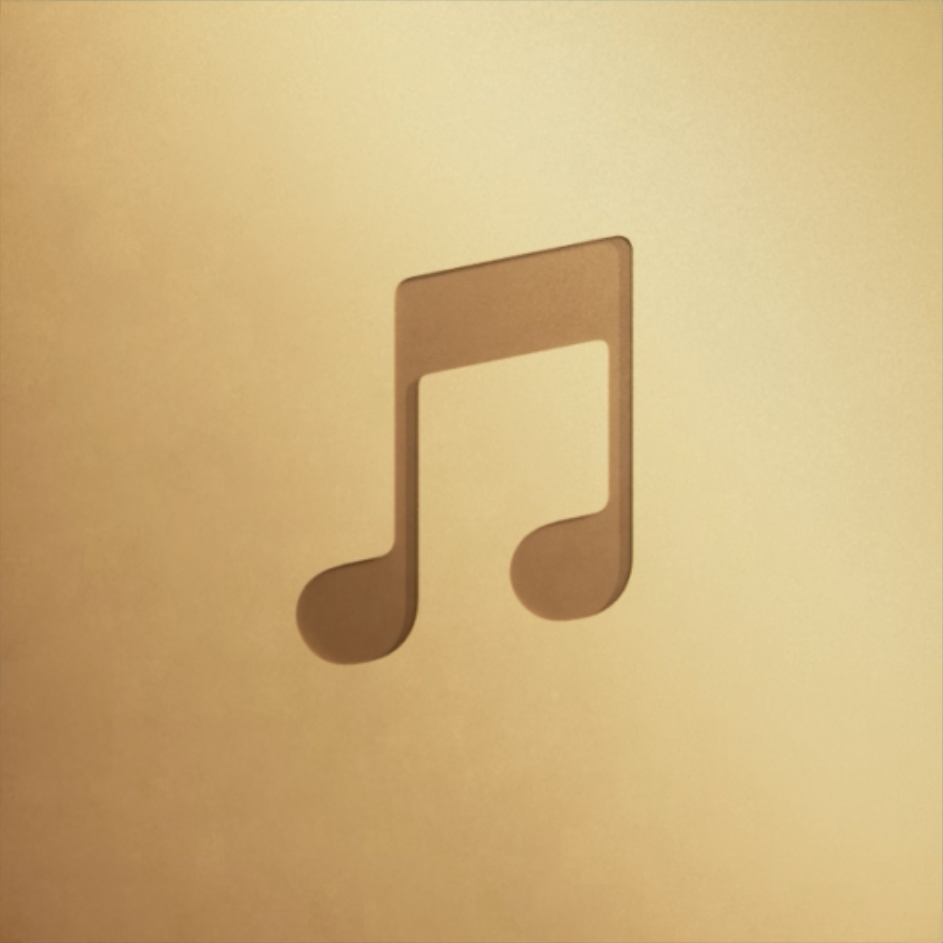Electronic music as comforting and familiar as classic rock.

Discovery
Daft Punk
23
The album’s biggest singles—“One More Time,” “Harder Better Faster Stronger,” “Digital Love”—were as useful to wedding DJs as they were to pop philosophers. And the rest—the faux-metal guitars of “Aerodynamic,” the sci-fi daydream of “Veridis Quo,” the UK garage showcase of Todd Edwards on “Face to Face”—glimpsed down dozens of stylistic alleyways without disrupting the album’s course. “Electronic music”—a term that always suggested the future, however vague—was demonstrated to be as familiar and comforting as classic rock, and no less real in its depth of feeling.
“Their take on funk, disco, soft rock, or ’80s pop never sounds nostalgic. It’s more like a dream of the future. In every Daft Punk song, you can hear timeless musical techniques.”
Chilly Gonzales
producer and collaborator
You can easily trace Discovery forward to EDM and the continuing entwinement of techno and rock. But you can also trace it back to Sgt. Pepper’s Lonely Hearts Club Band or Pet Sounds and Smile: music that took pop seriously as art, but also recontextualized older, seemingly uncool styles in ways that felt progressive and fresh. Most of all, though, Daft Punk wanted to be universal. And as implausible as it may have seemed for two French men in robot helmets, Discovery got them there.

